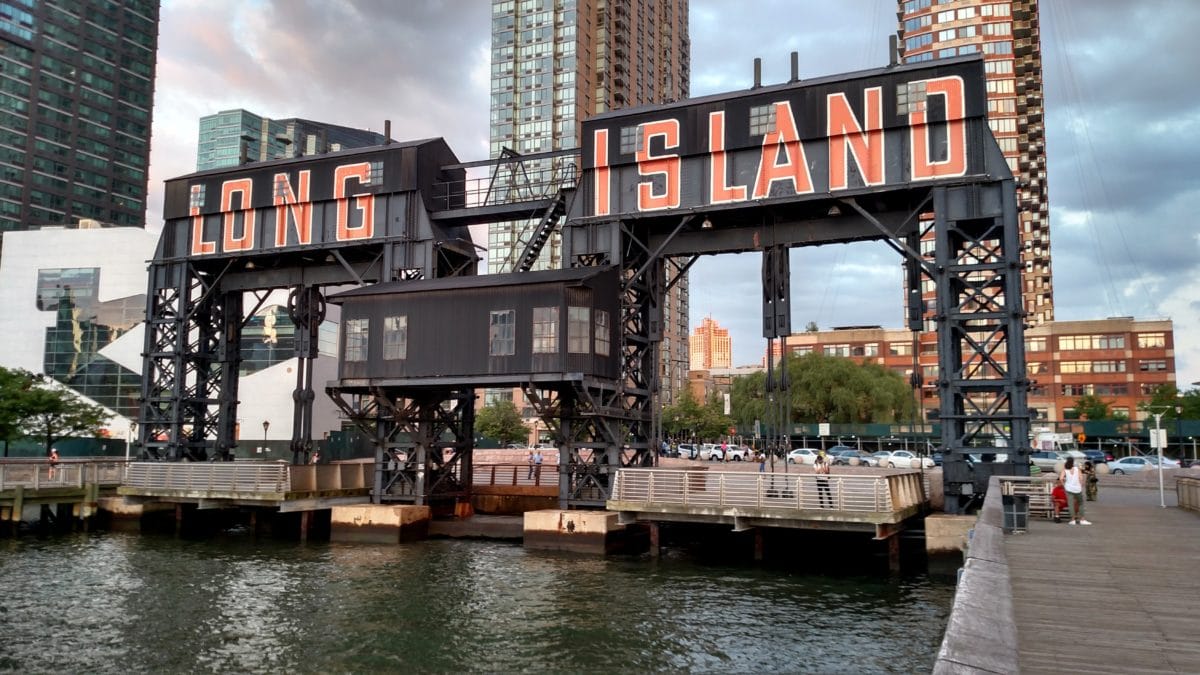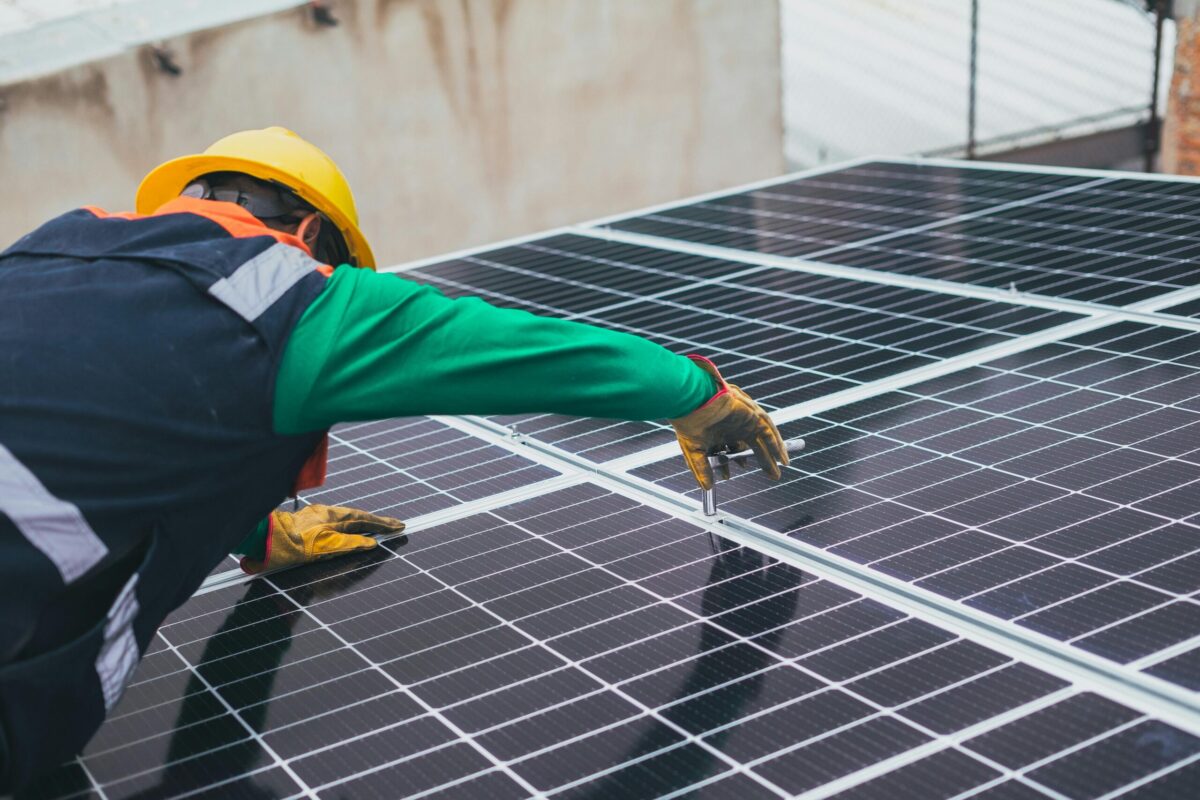The Long Island Solar Roadmap, a new report and interactive online map from The Nature Conservancy and Defenders of Wildlife, outlines how Long Island, New York, could produce more electricity than the region uses all year by developing solar arrays on “low-impact” sites such as parking lots, capped landfills, and commercial building rooftops.
The conservation groups said the roadmap found that these solar installations can be deployed without negatively affecting the region’s natural areas, forests, or farmlands.
According to the roadmap, Long Island has enough low-impact siting potential to host nearly 19.5 GW of solar capacity in the form of mid- to large-scale installations 250 kW and larger. That much solar could produce enough electricity to power 4.8 million New York homes each year, more electricity than the Long Island region uses. Around one-third of that total could be sited on parking lots and rooftops; the other two-thirds would be ground-mounted arrays on land already impacted by human activities.
The roadmap found that developing even one-quarter (5 GW) of the island’s low-impact solar potential by 2030 could help meet the state’s clean energy goals. That capacity also would deliver around $10 billion in local economic benefits and an additional $5 billion in earnings for workers in the construction industry.
New York State ranks 10th among the states for installed solar capacity with about 2.5 GW.
Teamwork
The roadmap reflects the input of state, local, and county governments; the solar industry; farmers; environmental and community organizations; utility PSEG Long Island; businesses; and academic institutions. The groups began working in 2018 to design a pathway to speed smart siting of mid- to large-scale solar power.
While Long Island already boasts the highest concentration of residential rooftop solar installations in the state, the development of larger solar projects would enable more residents, like renters, to benefit.
The roadmap’s methodology included three main research components: public surveys, economic analysis of the costs and benefits of solar development, and geospatial analysis.
Public opinion research conducted in 2019 for the report found 92% of surveyed Long Islanders in favor of solar development in their communities.
Spatial data scientists from The Nature Conservancy and Defenders of Wildlife’s Center for Conservation Innovation used mapping techniques to identify low-impact sites for solar arrays in Nassau and Suffolk counties and to show their energy generation potential.
The data is available as a public map that may be used by municipal officials, property owners, and solar developers to identify potential sites that offer the least impact to the environment.
This content is protected by copyright and may not be reused. If you want to cooperate with us and would like to reuse some of our content, please contact: editors@pv-magazine.com.









By submitting this form you agree to pv magazine using your data for the purposes of publishing your comment.
Your personal data will only be disclosed or otherwise transmitted to third parties for the purposes of spam filtering or if this is necessary for technical maintenance of the website. Any other transfer to third parties will not take place unless this is justified on the basis of applicable data protection regulations or if pv magazine is legally obliged to do so.
You may revoke this consent at any time with effect for the future, in which case your personal data will be deleted immediately. Otherwise, your data will be deleted if pv magazine has processed your request or the purpose of data storage is fulfilled.
Further information on data privacy can be found in our Data Protection Policy.